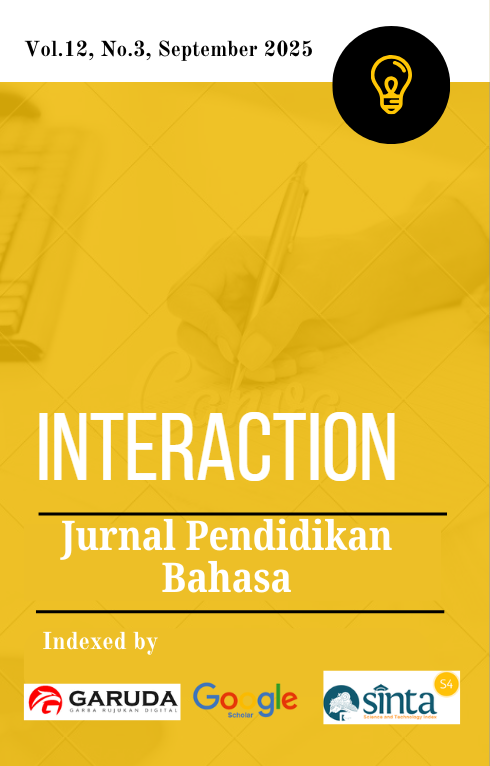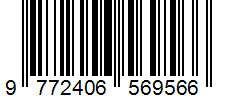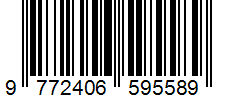A A Semio Pragmatic Analysis in Tourism Brochure
DOI:
https://doi.org/10.36232/interactionjournal.v12i3.3552Keywords:
Linguistic, Semiotic, Pragmatic, Intersemiotic Complementarity BrochureAbstract
This study is about semio-pragmatic analysis in tourism brochures. The objective of a brochure is to promote products and services that use correct terms or language. Thus, the purpose of this study is to examine the many linguistic aspects found in the brochure to determine the meaning or reveal a message inside it. This descriptive qualitative research employs Pierce's semiotic research analysis framework for signs, Yule's pragmatic approach to speech acts and Royce’s intersemiotic complementarity theory. The materials for this study are linguistic elements found in Dwidaya tour brochures. In this study, the brochure contains two language aspects: visual and spoken elements. Visual components such as signs, indexes, and symbols help readers understand the message in the brochure. Meanwhile, verbal aspects are realized in two ways: direct, which conveys messages explicitly or plainly, and indirect, which conveys signals implicitly or indirectly. Intersemiotic complementarity is the realization of verbal element and to analyze visual element realized. And how the visual and verbal element relate to each other in Tourism Brochure.








